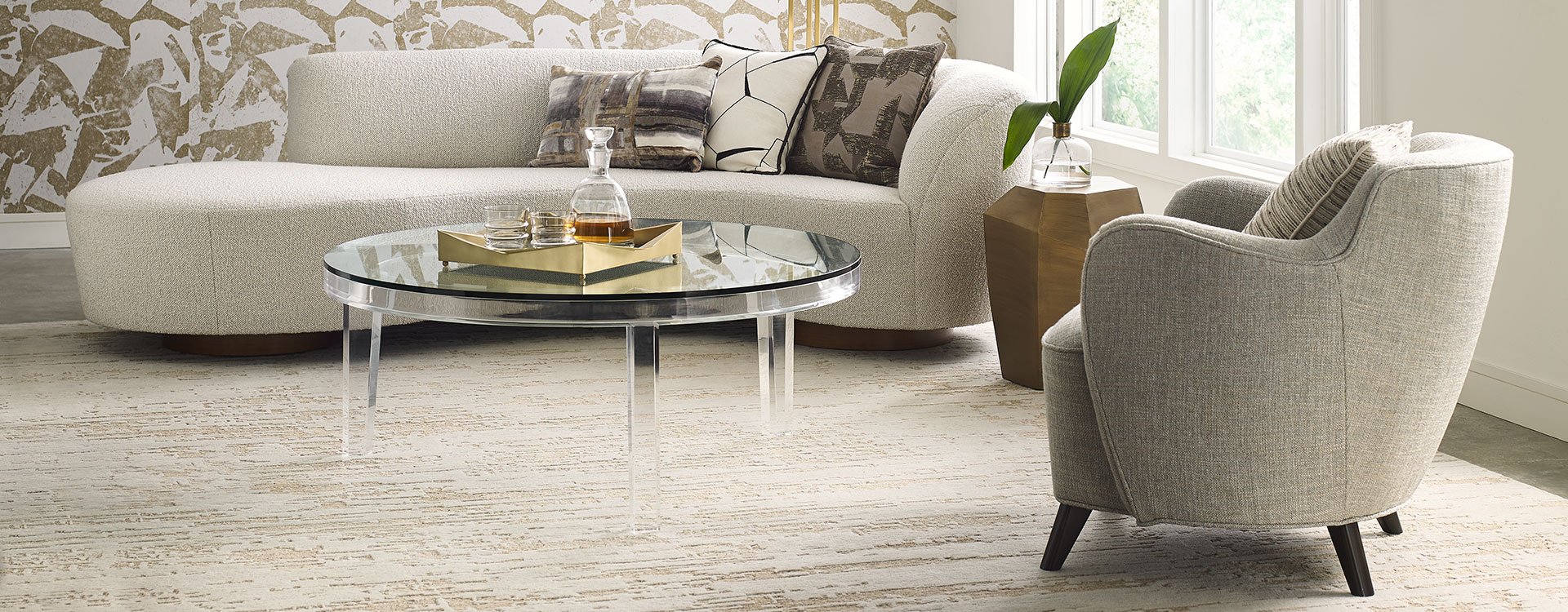From finding installers and other tradespeople to ongoing lead time issues and rising costs, the various marketplace challenges for interior designers are being impacted by geography, local competition, the general economy, and consumer skepticism. (Run-on sentence, much?)
According to a piece at DesignersToday.com, the biggest issue facing interior designers right now also include managing expectations, finding talent, the “speed” of business in the luxury furnishings industry, and dealing with unrealistic client budgets.
We guess it goes without saying that, when one asks designers for the “biggest issue” they are facing at the moment (that is issue, singular), they offer not one but many (14, 15, or 16 depending on how you count them)! (Hey, that’s almost like the way we’ve written not one, not two, but three run-on sentences in a row. How designer-like are we?!?)
For example:
“Overall, I think it’s managing expectations – internal and external. If I could highlight some of the top ones we see on our end, I’d say: Talent (it’s still a challenge to find the right talent when hiring); Industry speed of business (I find the industry still moves quite glacially, as a whole); and budgets, a perennial favorite that never really goes away. Clients’ expectations of how much things should cost versus how much they really do cost. And in general, the rising costs of it all.” ~ Alex Alonso, Mr. Alex Tate Design, Miami, FL
Furnishing Supply Chain Issues Persist
As for consumer skepticism, Claudia Leah of Claudia Leah Design in Naples, FL shares her thoughts:
“We are in this weird spot where on the one hand, we are still experiencing supply chain issues for certain quality items, components, and trades, literally designing around availability. Yet we are also facing the threat of discounted overstocks on the retail side where mass-produced container items are being shoved into our clients’ inboxes, making them question if we as designers are telling them the truth about those long lead times.” (emphases added)
Brittany Farinas at House of One in Miami agrees:
“One of the biggest issues facing designers today is the lead time on materials. We are still working through this [despite being] post-pandemic.”
Finally, the exponential growth of online shopping for anything and everything for the home – including luxury furnishings, designer wallcoverings, and hand-woven rugs (among so many other high-end items) has led to pricing pressure on designers and furnishing dealers alike.
If you find yourself losing sleep because of the regularly shifting marketplace challenges for interior designers, Ted is available for business coaching and consulting to the trade. Simply… Get in touch with TD Fall today.



